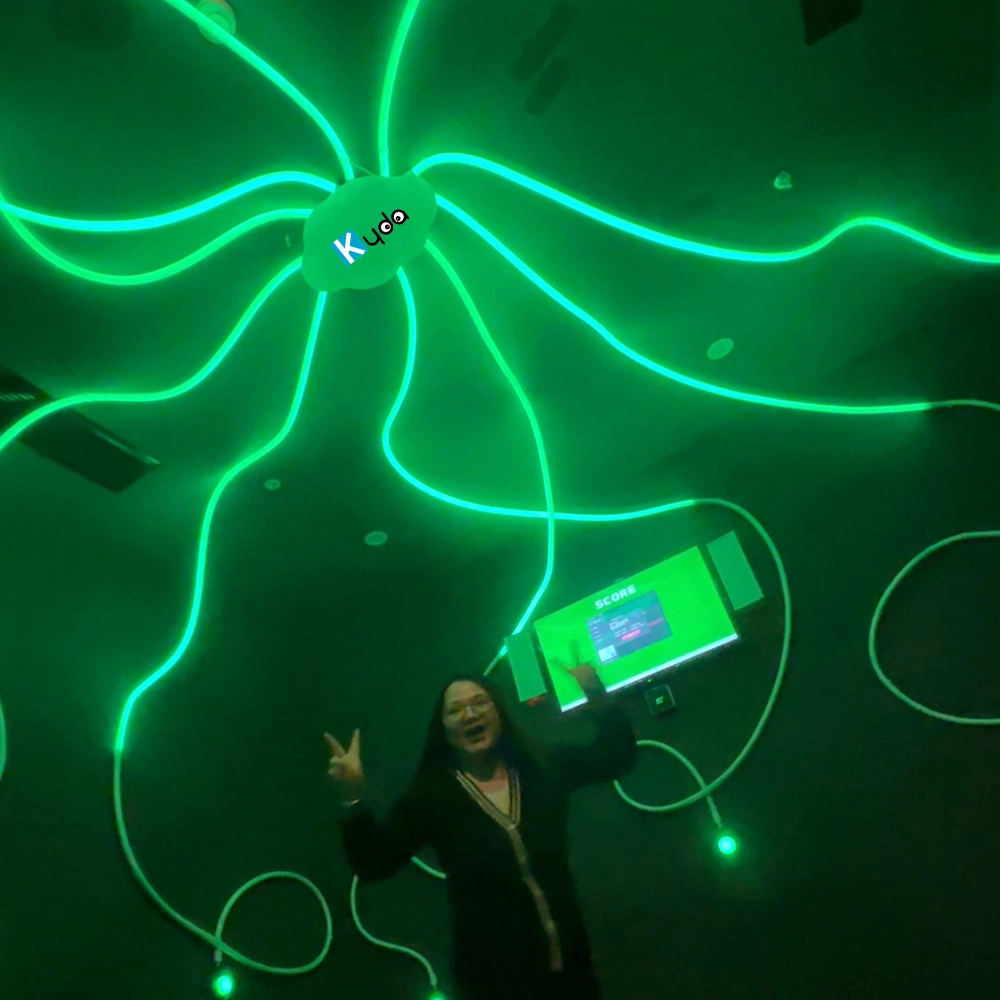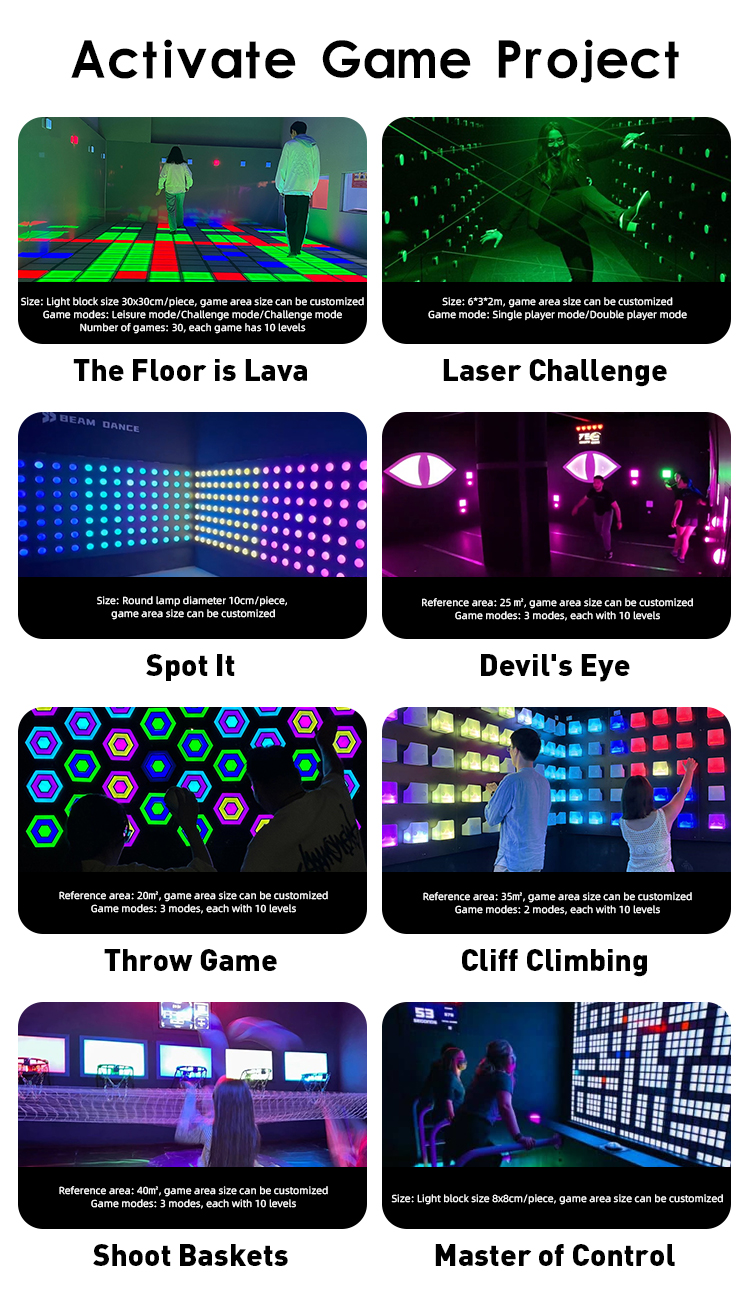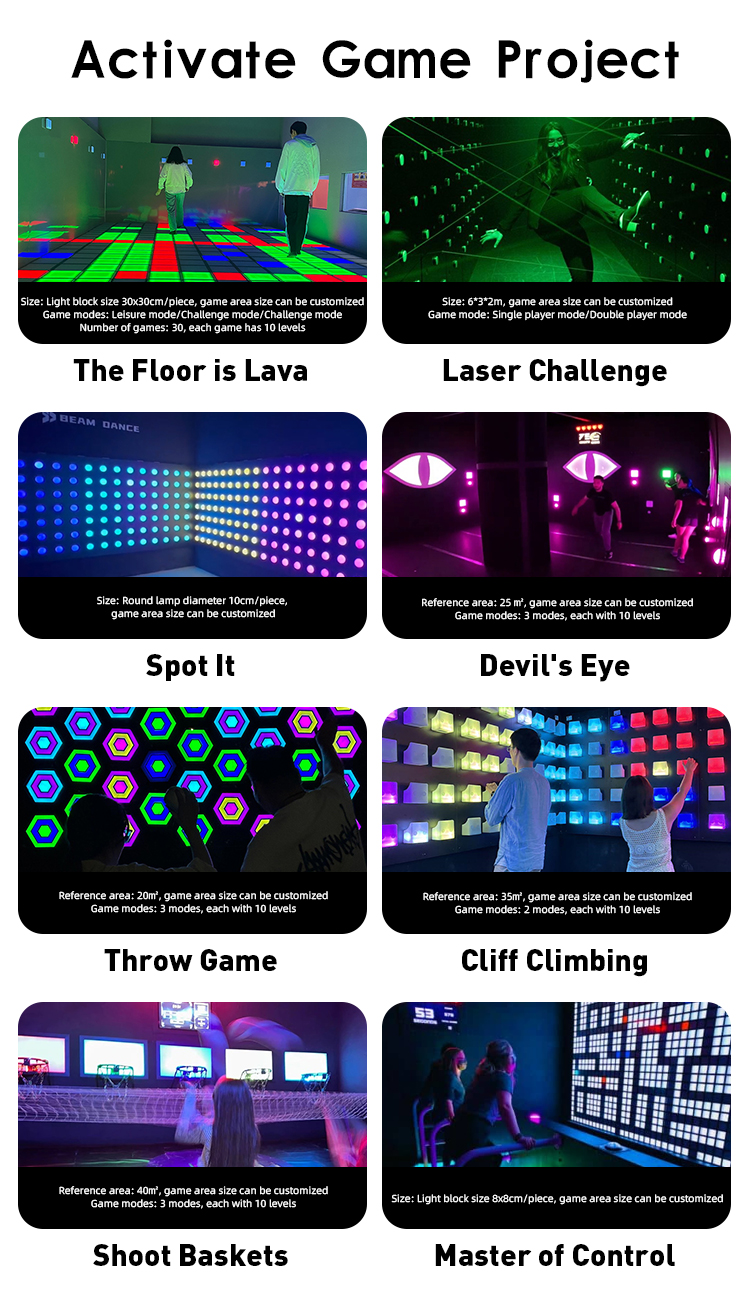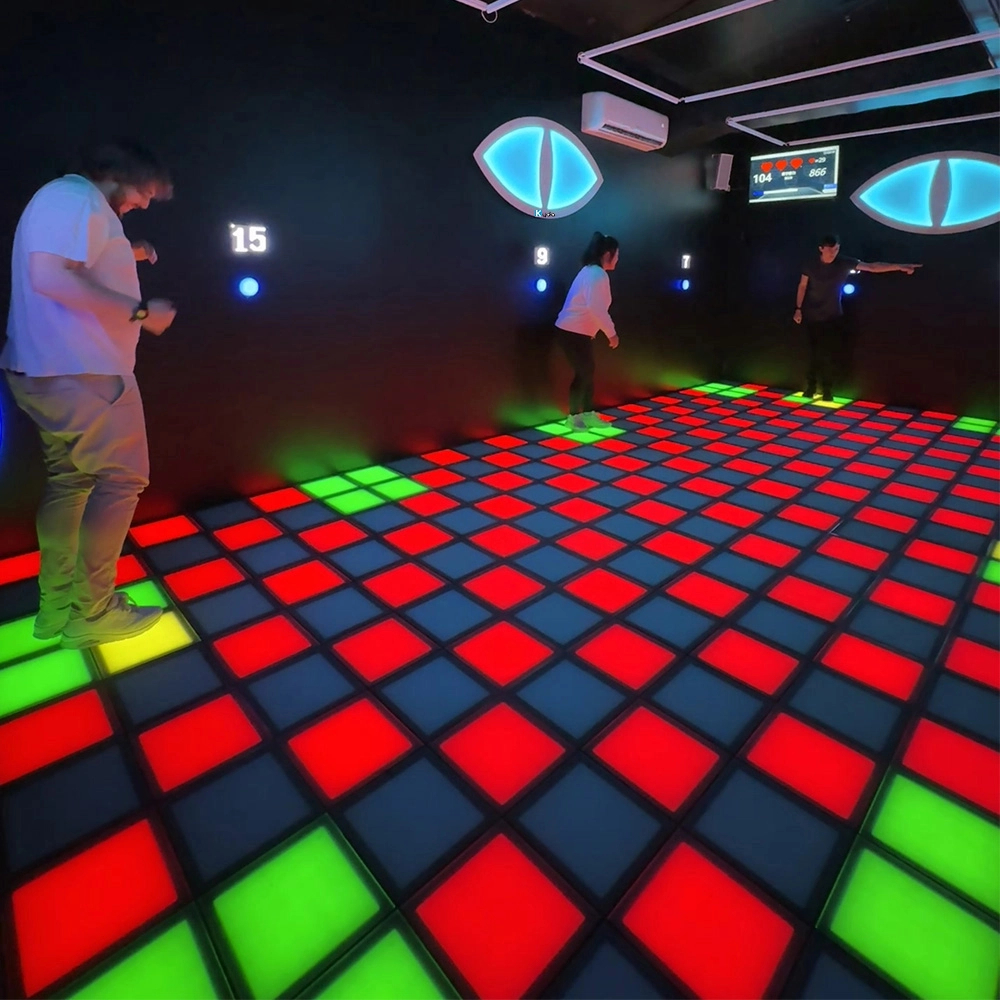Interactive entertainment has quietly shifted from “nice to have” to non-negotiable for brands that want to double engagement and slash acquisition costs. From Netflix’s choose-your-own-adventure films to Nike’s AR shoe drops, immersive experiences are driving 5–7× longer session times and 30% higher purchase intent than static content. If your 2025 growth plan does not include an interactive layer, you are leaving money—and market share—on the table.
What Exactly Is “Interactive Entertainment”?
It is any digital experience that requires active participation: quizzes, branching videos, mini-games, AR scavenger hunts, or live chat-driven stories. Unlike passive video or blog posts, interactive media collects zero-party data—preferences, motivations, and purchase triggers—while the user plays. That first-party data goldmine fuels smarter retargeting and product roadmaps.
Why Google Loves It
Core Web Vitals reward fast, lightweight HTML5 games. Schema.org now recognizes “Game” and “InteractiveContent” markup, which means properly tagged experiences can appear in rich results and Discover feeds. Pages with embedded interactive content also earn 2–3× more backlinks because journalists and bloggers love to reference engaging tools.
Proof in Numbers
• Pepsi’s Instagram AR filter generated 2.6 billion impressions and a 13-point lift in ad recall.
• A regional bank added a 3-minute budgeting mini-game to its homepage and cut bounce rate from 58% to 27%.
• Shopify merchants using interactive quizzes see an average 19% AOV uplift and 4× email opt-ins.
How to Launch in 30 Days
1. Pick the right format: short quizzes for lead gen, AR filters for social buzz, narrative games for loyalty.
2. Build lightweight: keep assets under 10 MB, use lazy loading, and compress textures.
3. Tag for SEO: add Game schema, descriptive H1/H2s, and FAQ schema beneath the fold.
4. Gate the reward: unlock a coupon code, exclusive drop, or loyalty points only after completion.
5. Retarget: push event data to GA4 and fire look-alike audiences in Google Ads within 24 hours.
Budget-Friendly Tools
• GDevelop for no-code HTML5 games.
• ZapWorks or Lens Studio for AR filters.
• Typeform or Involve.me for branching quizzes.
• Netlify for global CDN and sub-second load times.
Checklist Before You Go Live
☐ Does the experience load in under 3 seconds on 4G?
☐ Is the CTA above the fold on mobile?
☐ Have you set up GA4 events for “start,” “complete,” and “share”?
☐ Is the prize valuable enough to justify an email opt-in?
☐ Are you A/B testing headline copy and reward size?
Bottom line: interactive entertainment is not a trend; it is the new baseline for capturing attention, collecting data, and converting browsers into superfans. Start small, measure obsessively, and scale what works.
Title 2: From Passive to Addictive: Why This Interactive Entertainment Shift Will Dominate Digital Marketing
Content:
Scroll-stopping ads are dying. Consumers install ad blockers, skip pre-rolls, and scroll past static posts in milliseconds. The antidote? Interactive entertainment that turns viewers into players and players into loyal customers. If your funnel still relies on passive landing pages, expect cost-per-lead to rise 25–40% this year. Here’s why the shift to interactive media is accelerating—and how to ride the wave before competitors do.
The Psychology Behind the Click
Interactive entertainment leverages the IKEA effect: people value what they help create. When a user customizes a sneaker in 3D or chooses the ending of a branded short film, psychological ownership kicks in, boosting purchase intent up to 60%. Add streak rewards and social sharing, and you have a self-reinforcing growth loop.
Search & Social Algorithms Reward Participation
YouTube’s algorithm now favors videos with polls and end-screen quizzes. TikTok boosts content that uses interactive stickers. Google surfaces playable experiences directly in mobile search results. Early adopters enjoy 5–10× organic reach compared to standard posts.
Case Studies That Scale
• Wendy’s “Choose Your Combo” Twitter game drove 2.7 million engagements in 48 hours and a 12% sales lift during lunch hours.
• A B2B cybersecurity firm replaced its whitepaper with an interactive breach simulation, cutting cost per MQL from $84 to $22.
• L’Oréal’s virtual try-on filter increased time-on-site by 4 minutes and pushed conversion rates to 11.5%—triple the industry average.
Step-by-Step Execution Plan
Step 1: Audit Content Gaps
Map your existing funnel and flag the biggest drop-off points. Replace the weakest asset with an interactive alternative first.
Step 2: Choose the Right Tech
Short on dev resources? Use Canva’s new interactive presentation mode or Outgrow’s no-code calculators. Need high-end graphics? WebGL frameworks like PlayCanvas export to any browser in under 5 MB.
Step 3: Optimize for SEO
• Host on a subdirectory, not a subdomain, to consolidate authority.
• Embed keyword-rich transcripts for any audio or branching video.
• Add FAQ schema with long-tail queries like “how to win [game name] level 5.”
Step 4: Layer Incentives
Structure rewards like a video game: easy win early, bigger prize mid-way, exclusive grand prize. Time-gate the final reward to create urgency.
Step 5: Measure & Iterate
Track micro-metrics: interaction rate, completion rate, share rate, and revenue per player. Feed winners into loyalty programs; retarget non-converters with dynamic product ads.
Free & Fast Tools to Test Today
• Genially for interactive infographics.
• Tiled for micro-apps.
• Vev for scroll-based interactive stories.
• Google Web Designer for rich media banners that act like mini-games.
Future-Proofing Tips
• Voice-controlled games are rising with smart speaker adoption—integrate Alexa Skills or Google Actions.
• Blockchain-based rewards (NFT badges, token-gated coupons) will deepen loyalty for Gen Z.
• AI-generated storylines will allow infinite personalization at scale.
In a digital landscape where attention is the scarcest resource, interactive entertainment is the force multiplier. Deploy your first experience this month, learn faster than your competitors, and turn passive scrollers into active brand evangelists.





发表回复